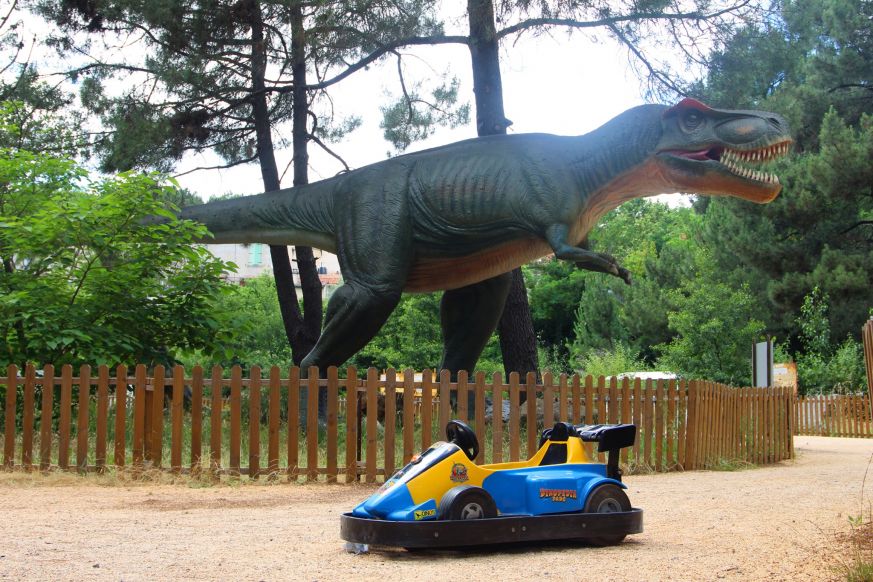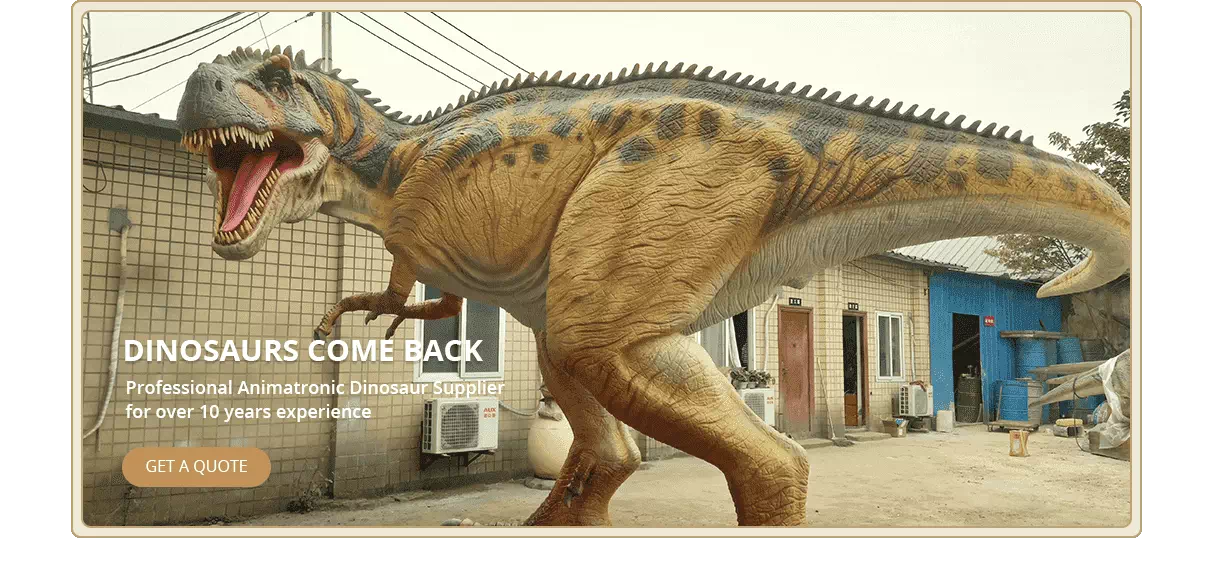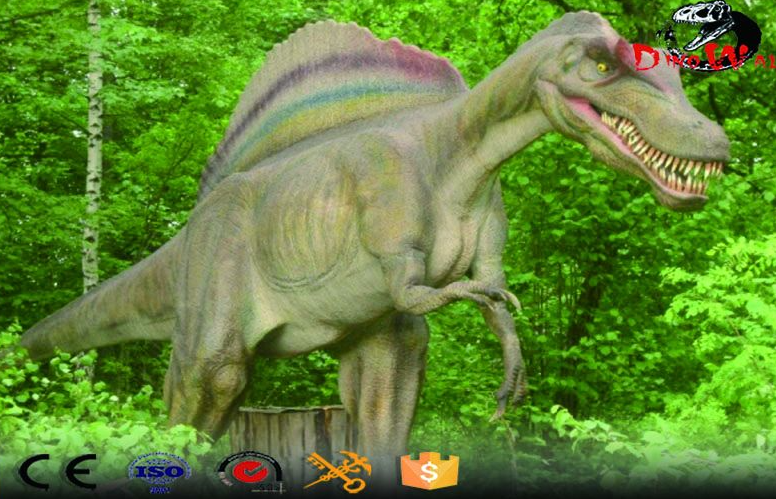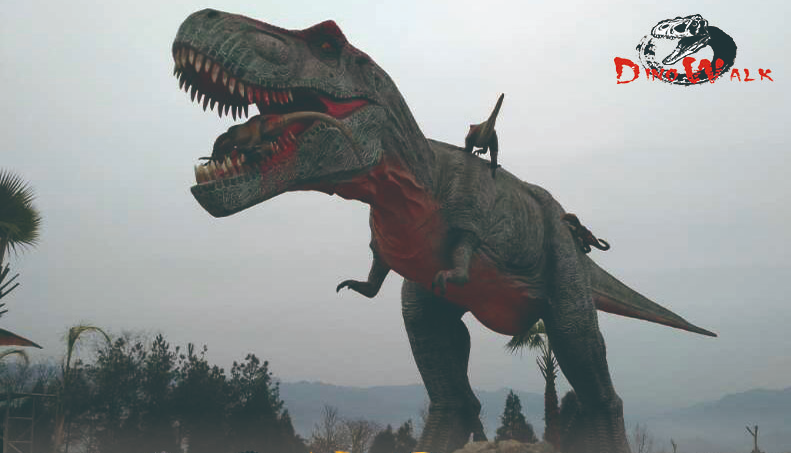European Dinosaurs: All You Need to Know About Them
Dinosaurs have fascinated humanity for centuries, and Europe is home to some of the most intriguing dinosaur discoveries. This article will explore the fascinating world of European dinosaurs, delving into their unique characteristics, habitats, and the significant fossil finds that have shaped our understanding of these prehistoric creatures.
Overview of European Dinosaurs
European dinosaurs were a diverse group that roamed the continent during various geological periods, particularly during the Jurassic and Cretaceous periods. The continent was home to a wide variety of species, from towering carnivorous predators to small, plant-eating herbivores. Europe’s dinosaurs were shaped by the region’s unique geography, which included islands, shallow seas, and diverse climates.
Some of the most famous dinosaurs discovered in Europe include the Iguanodon, a large herbivore with thumb spikes for defense, and the Baryonyx, a fish-eating predator with a long, crocodile-like snout. These species, among others, offer a glimpse into the rich diversity of life that once existed on the continent.
Animatronic Spinosaurus Robotic Dinosaur
Significant Fossil Discoveries in Europe
Europe has been a hotspot for significant dinosaur fossil discoveries, providing valuable insights into the prehistoric world. In the early 19th century, some of the first dinosaur fossils were found in England, leading to the identification of the Iguanodon and Megalosaurus, two of the earliest dinosaurs ever named.
Other notable fossil sites include the Isle of Wight, known as the “Dinosaur Island,” where numerous species have been uncovered, and the Solnhofen limestone in Germany, which has preserved detailed fossils of ancient species, including the famous Archaeopteryx, a transitional species between dinosaurs and birds.
Unique Features of European Dinosaurs
European dinosaurs exhibited several unique features that set them apart from their counterparts on other continents. One of the most striking characteristics is the presence of insular dwarfism, where dinosaurs on isolated islands, such as those in the Haţeg Basin in Romania, evolved to be much smaller than their mainland relatives. This phenomenon is thought to have been an adaptation to the limited resources available on islands.
Additionally, the diversity of environments in Europe, from coastal regions to inland forests, allowed for a wide range of dinosaur species with various adaptations to thrive. The variation in size, diet, and behavior among European dinosaurs reflects the continent’s complex and changing ecosystems during the Mesozoic era.
Jurassic Park High Quality 15m T-Rex Animatronic Simulation Model
Impact of European Dinosaurs on Paleontology
The discovery and study of European dinosaurs have had a profound impact on the field of paleontology. The early fossil finds in Europe were crucial in establishing the concept of dinosaurs as a distinct group of ancient reptiles. These discoveries also contributed to the development of the theory of evolution, as paleontologists began to understand the connections between different species and the changes they underwent over time.
Furthermore, European dinosaur fossils have helped scientists to piece together the puzzle of continental drift, as the similarities and differences between species found in Europe and other parts of the world provide evidence of how the continents were once connected.
FAQs About European Dinosaurs
Q: What were some of the most common dinosaurs in Europe?
A: Some of the most common dinosaurs in Europe included the Iguanodon, Megalosaurus, and Baryonyx. These species were among the first to be discovered and studied by paleontologists.
Q: Why were some European dinosaurs smaller than others?
A: Some European dinosaurs exhibited insular dwarfism, a phenomenon where species that lived on isolated islands evolved to be smaller than their mainland relatives due to limited resources.
Q: Where can I see European dinosaur fossils today?
A: European dinosaur fossils can be seen in various museums across the continent, including the Natural History Museum in London, the Dinosaur Isle Museum on the Isle of Wight, and the Solnhofen Museum in Germany.
Conclusion
European dinosaurs offer a unique window into the prehistoric past, showcasing a diverse range of species that adapted to the continent’s varied environments. From the first discoveries in the early 19th century to ongoing research today, the study of European dinosaurs continues to shed light on the fascinating history of life on Earth.
















